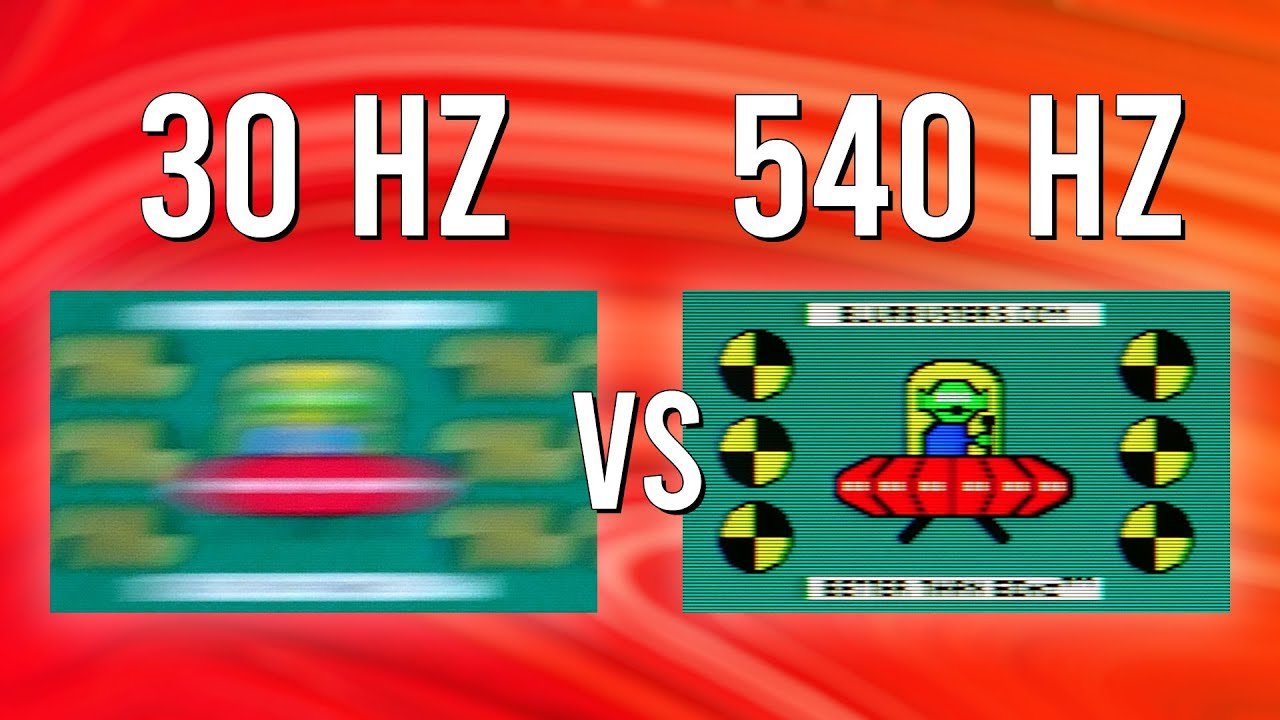Have you ever noticed a choppy feel while scrolling through social media or a jittery effect during fast-paced games? That, my friend, could be due to your monitor’s refresh rate. But fear not, there’s a simple way to check and potentially boost the smoothness of your viewing experience – the refresh rate test!
Why Should You Care About Refresh Rate?
Imagine your monitor like a flipbook. The more images (or “flips”) it displays per second, the smoother the animation appears. This is where refresh rate comes in. Measured in Hertz (Hz), it indicates how many times your screen refreshes the image in a single second. So, a 60Hz monitor refreshes the image 60 times per second, while a 144Hz monitor does it 144 times – resulting in a noticeably smoother experience.
Types of Refresh Rates
There are two main types of refresh rates to consider:
Fixed Refresh Rate: This is the standard, where the monitor refreshes at a constant rate, typically 60Hz or 75Hz. It’s perfectly fine for everyday tasks but might not be ideal for fast-paced activities.
Variable Refresh Rate (VRR): This fancy tech allows the monitor’s refresh rate to dynamically adjust based on the frame rate (fps) of the content you’re viewing. This eliminates screen tearing (where the image appears to be ripped in half) and stuttering, creating a super smooth experience for gaming and high-motion content. Common VRR technologies include G-SYNC from Nvidia and FreeSync from AMD.
Benefits of a High Refresh Rate
Here’s why you might consider a higher refresh rate or take a refresh rate test:
Smoother visuals: Especially noticeable in fast-paced games or scrolling content, a higher refresh rate makes everything feel more fluid and responsive.
Reduced eye strain: The constant flickering of a lower refresh rate can strain your eyes over time. A higher refresh rate can help alleviate this discomfort.
Competitive edge in gaming: In fast-paced online games, every millisecond counts. A higher refresh rate can give you a slight edge by providing a clearer picture of the action.
How to Do a Refresh Rate Test
Now that you’re convinced, let’s put your monitor to the test! Here’s how to do a refresh rate test:
Online Tools: Several websites offer refresh rate tests. A popular option is the UFO Test ([TestUFO refresh rate test]). Open the website and follow the on-screen instructions. The test will display a moving UFO and measure your monitor’s refresh rate.
Windows Settings: For Windows users, you can check your current refresh rate without any additional tools. Right-click on your desktop and select “Display settings.” Then, click on “Advanced display settings.” Under “Choose a refresh rate,” you’ll see the current setting for your monitor.
Monitor On-Screen Display (OSD): Most monitors have a built-in menu system accessible through buttons on the monitor itself. Consult your monitor’s manual to find the option for displaying the current refresh rate.
Conclusion
A refresh rate test is a quick and easy way to understand your monitor’s capabilities. By knowing your refresh rate and its impact on your viewing experience, you can decide if a higher refresh rate monitor might be a worthwhile upgrade for smoother visuals, reduced eye strain, or even a competitive edge in gaming.
FAQs
What refresh rate is best?
It depends on your needs. For everyday tasks, 60Hz is sufficient. Gamers and content creators might benefit from 144Hz or even higher refresh rates.
Can I overclock my monitor’s refresh rate?
Some monitors allow for overclocking, but it’s not recommended for all models and can lead to instability. Consult your monitor’s manual for instructions.
Will a higher refresh rate make my computer faster?
No, refresh rate is a monitor specification, while processing power determines your computer’s overall speed. I hope this explanation, along with the refresh rate test options, helps you ensure your monitor is delivering the smoothest visuals possible!











